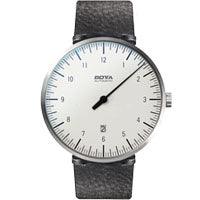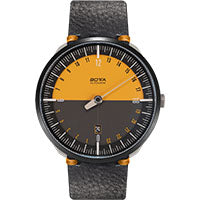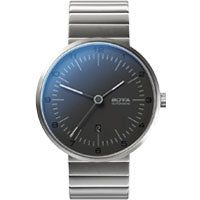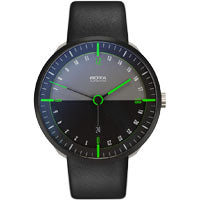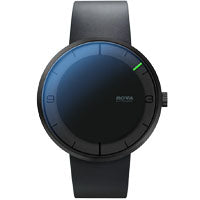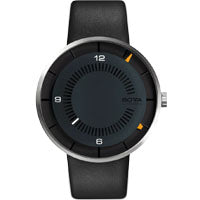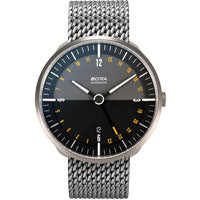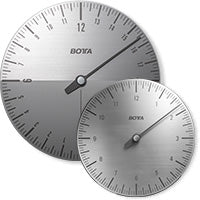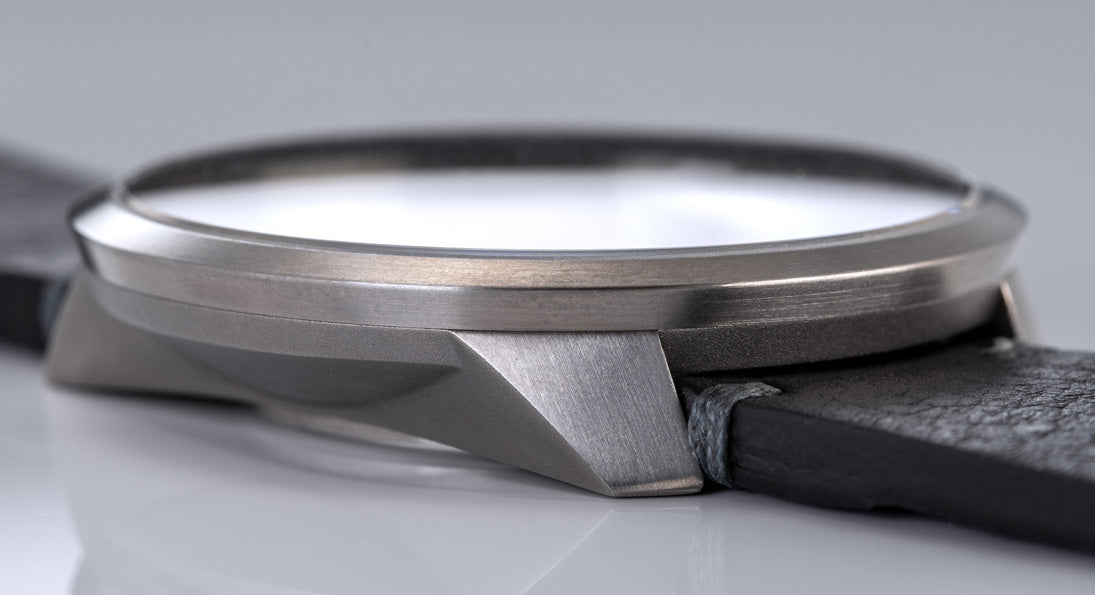Titanium – the material of the future
High-performance turbine blades, aerospace components, implants, sports equipment and many other high-tech products are made of titanium these days, a trend that is becoming increasingly popular.
Hardly any other material combines so many outstanding characteristics: extremely high strength coupled with low weight. Corrosion resistance even under extreme conditions. A surprising ability to shield against electrical and electromagnetic fields, plus extensive resistance to eddy currents. What is more, it is anti-magnetic and completely anti-allergenic.
Titanium boasts strengths that lie in the same range as tempered steels and retains these properties even at temperatures of approx. 200 to roughly 630 °C. Depending on its alloy, it has a tensile strength of between approx. 300 and 1150 N/mm2. This is impressive and far higher than that of steel. With a specific weight of 4.51g/cm3, titanium is also only around half as heavy as crude steel.
Furthermore, titanium has what is known as a self-healing ability. If its surface is damaged, a wafer-thin, invisible yet extremely resistant titanium oxide layer forms immediately, protecting the material beneath. These many special properties, which seem almost “supernatural”, are also what gave this metal its name – which is derived from the Titans, a race of deities worshiped by the Ancients Greeks.
This metallic element with the atomic number 22 was only discovered in 1791 by William Gregor as a constituent of ilmenite. Pure titanium was first produced in 1910, and only made ready for commercial use in 1940 with the aid of the Kroll process. In its metallic form, it is a relatively new technical material, in other words. Ever since, its popularity as a high-tech material has soared, and it is justifiably described as a material of the future.
An expensive but superior material in the watch industry
The disadvantages of titanium are primarily its high price and the fact that it is difficult to process. As it wears normal tools out very quickly, it can only be processed using special equipment. Extracting titanium is a very complex and therefore expensive matter. It was long thought that titanium was not suitable for manufacturing watch cases because it is so difficult to shape. It was not until the end of the 1980s that a renowned Swiss watchmaker succeeded in producing a wristwatch with a titanium case. Ever since, it has been regarded as an expensive but superior material in the watch industry.
Besides the outstanding technical characteristics of this metal, connoisseurs also value its refined and warm colouring. The “Titan-1” was our first wristwatch to feature a titanium case, and for 20 years was our unchallenged bestseller. It was only thanks to the use of titanium that such a slim and lightweight watch could be produced. The Titan-1 won a total of seven international design awards for its impressive overall performance.
BOTTA design has already been using titanium for its watch cases since 1991
Our current collection also features a number of watches with an exclusive titanium case, for example the UNO titan, the NOVA titan and the TRES, each with a case diameter of 40mm. The recently-released TRES 24 titan, a 24-hour multi-hand watch with a diameter of 40mm, also boasts an all-new and highly attractive case made of this refined lightweight metal.
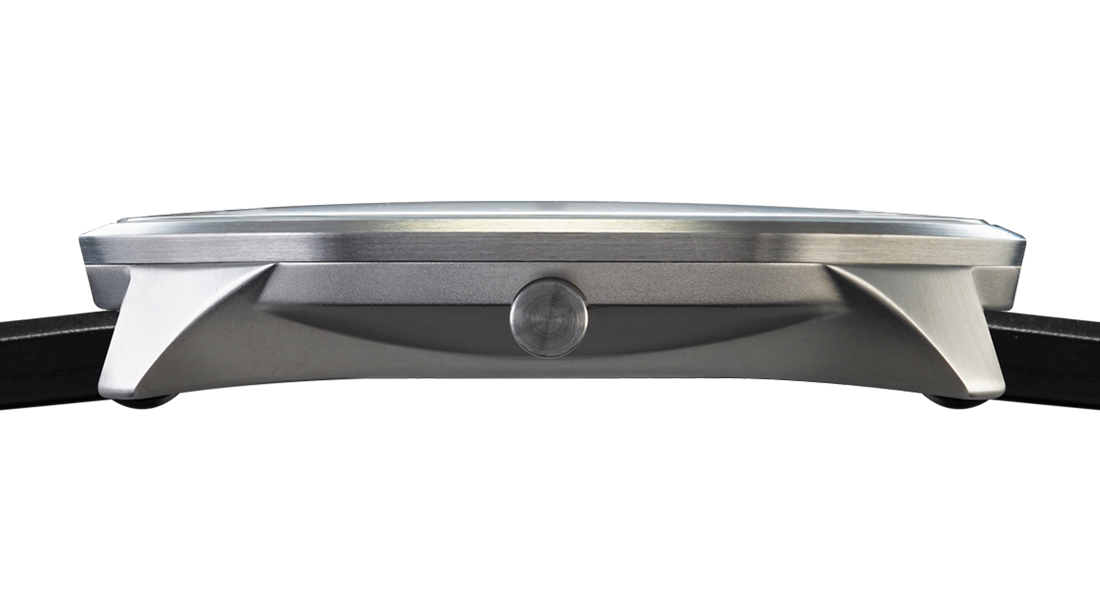
Tri-Titanium case from BOTTA
Titanium is not just titanium. In addition to pure titanium with a degree of purity of up to 99.99%, there are also titanium grades with a low to high alloy content. Depending on the alloy composition, the chemical and mechanical properties change significantly. While pure titanium is chemically particularly neutral, higher alloyed titanium grades achieve particularly good strength values. Since no single grade can meet all technical and biological requirements at the same time, we have decided to build our new titanium housings with three layers. Thus, each area is made of the titanium alloy that best suits the respective purpose. This structure is currently only available from BOTTA.
The top ring, which encloses the sapphire crystal, is subjected to high mechanical stress. Accordingly, we manufacture it from a particularly hard and resistant special titanium alloy. This is otherwise used primarily in turbine and aircraft construction, where maximum load capacity is required.
The middle part of the housing is made of low-alloy pure titanium. Compared with unalloyed pure titanium, it has significantly higher strength values. This titanium grade combines excellent biocompatibility with high strength properties.
The screwable housing base is in turn made of a titanium alloy, which is preferably used in medical technology and thus ensures optimum skin compatibility.
This Tri-Titanium case construction made of three different titanium alloys is technically complex and demanding in its implementation, but also guarantees the best wearing properties combined with high resistance and a noble appearance.
An example of BOTTA's exceptional standards. Read more about our titanium watches made by BOTTA.


